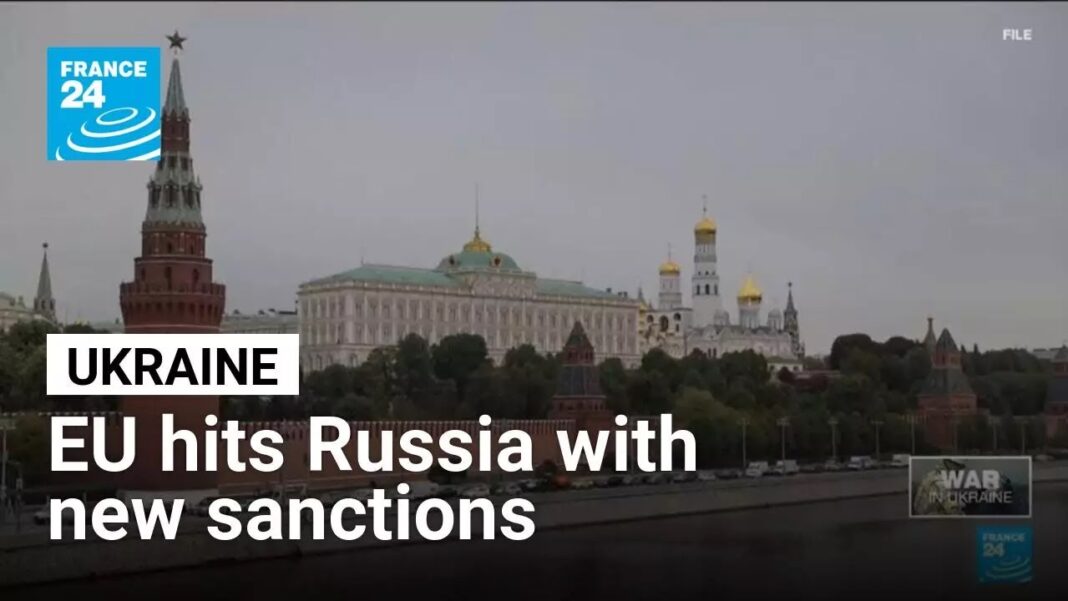The Most-Favored-Nation (MFN) pricing model aims to align the cost of brand-name drugs in the U.S. with the lowest prices offered in other wealthy nations.
The Department of Health and Human Services (HHS) and the Centers for Medicare and Medicaid Services (CMS) are setting benchmark targets to lower prescription drug prices for American patients, the agencies announced on May 20.
The announcement comes after President Donald Trump signed an executive order earlier this month to lower the price of prescription drugs for Americans to be more in line with what similarly sized economies pay globally.
Trump’s May 12 order directed HHS to stop what he called “foreign freeriding” and to ensure that Americans no longer pay disproportionately high prices for the same medications.
The Most-Favored-Nation (MFN) pricing model aims to align the cost of brand-name drugs in the United States with the lowest prices offered in other wealthy nations that have similar economic profiles.
“For too long, Americans have been forced to pay exorbitant prices for the same drugs that are sold overseas for far less,” HHS Secretary Robert F. Kennedy Jr. said in a statement. “That ends today. We expect pharmaceutical manufacturers to fulfill their commitment to lower prices for American patients, or we will take action to ensure they do.”
CMS Administrator Dr. Mehmet Oz said the agency is targeting all brand-name drugs that lack generic or biosimilar competition. For each of those medications, manufacturers will be expected to match the lowest price found in any country in the Organisation for Economic Co-operation and Development (OECD) with a GDP per capita of at least 60 percent of that of the United States.
Those countries include major economies such as Germany, France, and Japan. In some cases, U.S. patients pay three to five times more than their counterparts abroad, according to HHS.
The administration said the policy will initially apply to high-cost drugs covered by Medicare Part B. A similar MFN proposal introduced during Trump’s first term in 2020 was projected to save nearly $88 billion over seven years, but it was struck down in federal court. The policy faced four lawsuits and was halted by a nationwide injunction before it could take effect.
By Chase Smith






